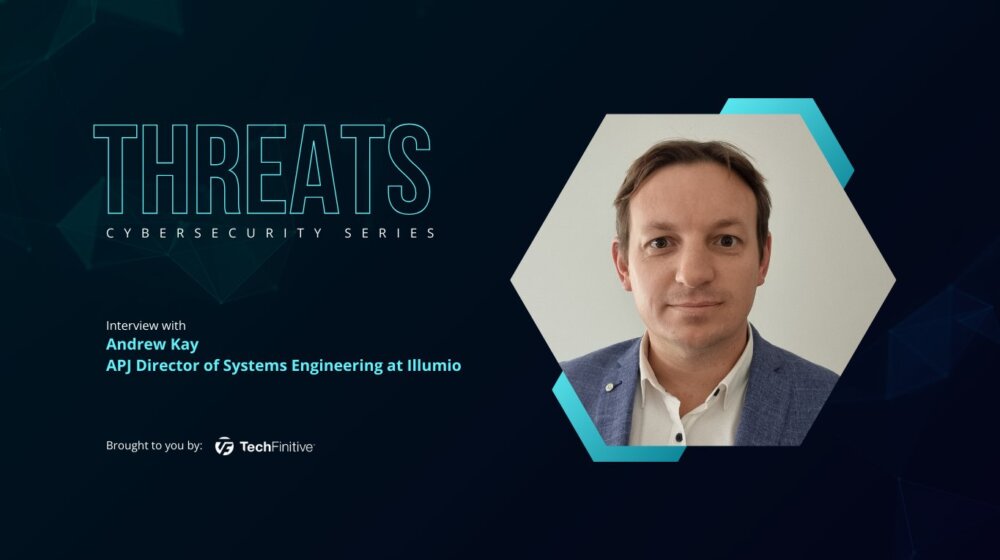
Microalgae might help smart cities become greener
To stay below 1.5°C of global warming, emissions need to be cut by roughly 50% by 2030. With cities being a major contributor to climate change, local governments all over the world are scrambling to do their part.
One solution that has become more prominent is carbon sequestration. While there are many methods being used (and many more in development), creating parks and planting trees is often very efficient. It also creates a habitat for wildlife and a communal space for people, both of immense benefit.
But there are reasons preventing local authorities from taking this route. Sometimes there just isn’t enough space to plant trees, for example. In those cases, smart-thinking cities should look to a solution that borrows from the oceans rather than the land: microalgae.

Microalgae, as discussed in the interview below, is extremely efficient at capturing CO2. One particular company we met at CES, BiomiTech, is harnessing its power to help cities improve air quality. And with the added benefit of making outdoor advertising greener in the process.
Read our interview with Gustavo Sanchez Reulet below, edited for clarity.
Recommended reading: Five simple steps to make your business IT more sustainable
Could you start by introducing yourself and the company, please?
My name is Gustavo Sanchez Reulet and I am a Business Strategist at BiomiTech. We are a French/Mexican company; we started in Mexico but then moved to France to tackle the European market.
We are a green technology company, developing solutions for direct CO2 capture. One example is the BioUrban 2, a device 4.5 metres high that processes around 3,500 cubic metres per hour of airflow. It can be installed indoors or outdoors.
Does it perform differently indoors compared to outdoors?
Yes, of course – you are able to measure more accurately indoors because it’s a more controlled environment where you don’t have wind for example. That being said, we’ve done implementations next to roads, with a lot of cars passing by, and the device successfully captures CO2, carbon monoxide, nitrogen oxides and particulate matter 2.5 and 10. And the purpose of all that is to improve air quality. To achieve this we use microalgae, which is the most efficient photosynthetic organism in the world. 80% of the air we breathe comes from oceans and microalgae, not so much from jungles or forests.

Our company is working from a biotech perspective to help improve microalgae’s capabilities in capturing pollutants, while, from an engineering perspective, we are trying to improve how we capture pollutants from the air and put them in contact with the microalgae for it to do its job.
Related reading: The real smart cities fight hasn’t even started yet
Where are your solutions typically deployed?
Our solutions are deployed outdoors in city parks and highways, and indoors in universities, airports and hotel lobbies, among others.
We have different versions of BioUrban depending on the use case. We have a, smaller slimmer one, more suitable for indoor spaces, like restaurants where you might deploy four or five of them.
The BioUrban 2, which we mentioned before, is often deployed next to roads.
And then we have the big brother of the family, the BioUrban 3. While the BioUrban 2 is capable of processing 3,500 cubic metres per hour, its big brother is able to process 10,000 cubic metres per hour.
Because of the BioUrban 3’s square shape, we typically partner with outdoor advertising companies. Its faces can have LED screens which open up new revenue streams. For us, it opens up opportunities to connect with local governments. For advertising companies, it’s a selling point beyond selling advertising; they can now improve air quality in the process.

How does it compare to planting trees?
One single BioUrban 2 for example cleans the air equivalent of 200 mature oak trees in six square metres. In cities where you do not have space to plant more trees, you can have multiple BioUrbans absorbing and capturing pollutants.
You mentioned microalgae – what happens to it after it’s spent?
The microalgae is a great fertiliser, so after it has done its job, it’s usually used to improve the soil, often in the areas surrounding where the BioUrban is installed.
What are your expectations for 2024?
We are here at CES looking for possible partners for expanding BioUrban and deploying it in different countries, notably in Europe and America.
NEXT UP

Alexey Kalachik, CEO & Co-Founder at Fively: “The potential for digitalisation within insurance is enormous”
We interview serial entrepreneur Alexey Kalachik, CEO & Co-Founder at Fively, on the future of fintech and what makes this space so exciting for startups.

IBM bolsters AI push with Microsoft Copilot launch
In a bid to boost its AI offering, IBM Consulting will enable enterprises to create and manage AI copilots – including Copilot for Microsoft 365

Andrew Kay, Director of Systems Engineering APJ at Illumio: “The most worrying development with ransomware is that it has evolved from simply stealing data to impacting IT availability”
Andrew Kay, Director of Systems Engineering APJ at Illumio, has 20 years’ experience helping organisations strengthen their cyber resilience. We interview him as part of our Threats series on cybersecurity.